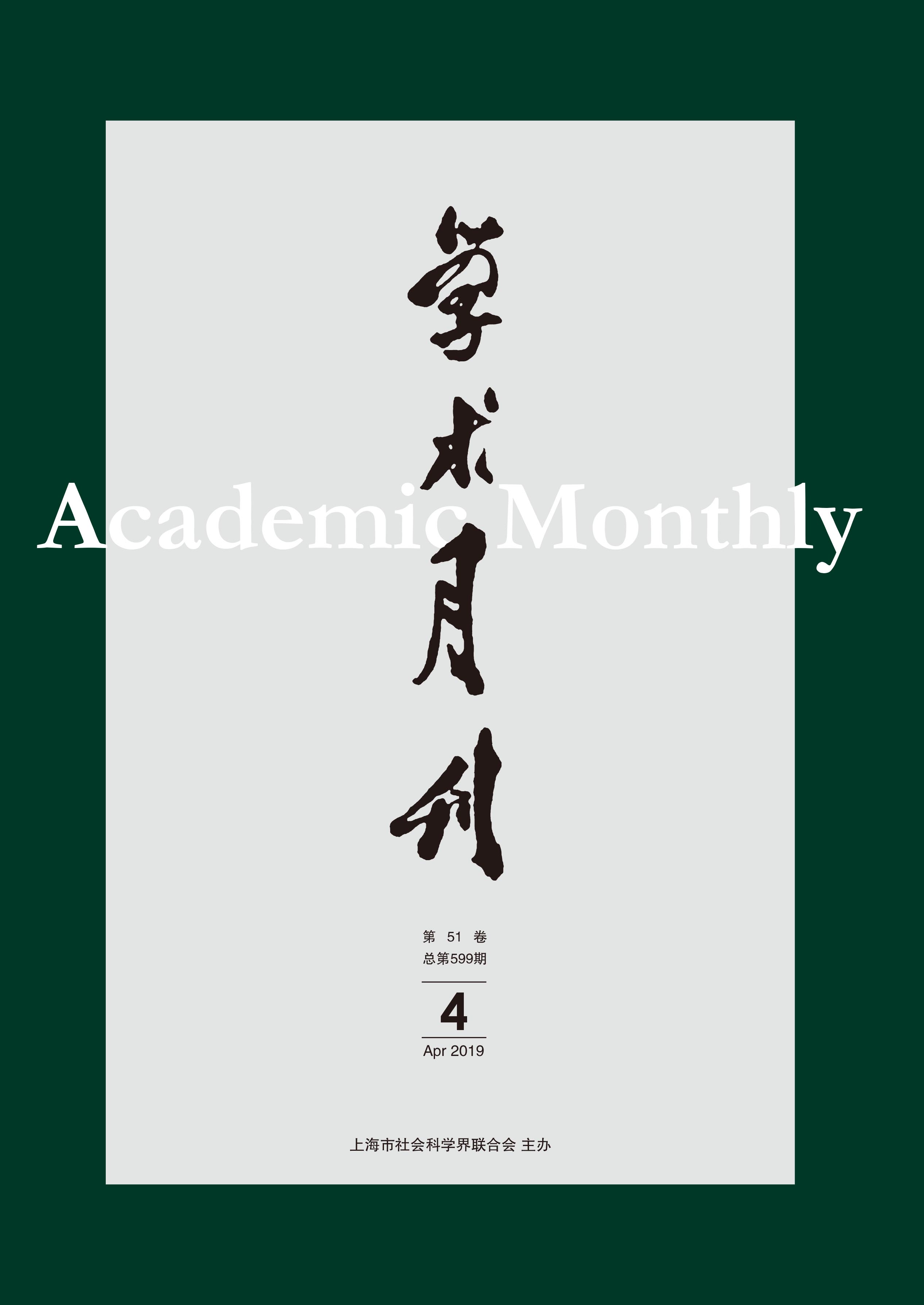Citation:
Xiquan TIAN. The Imposition of Foreign-rice Tariff and Its Social Repercussions in the Republic of China[J]. Academic Monthly, 2019, 51(4): 174-184.

The Imposition of Foreign-rice Tariff and Its Social Repercussions in the Republic of China
-
Abstract
In 1933, the imposition of foreign-rice tariff in the coastal provinces was an important policy adjustment which was related to many aspects of the domestic and the abroad. Through the appeals from the rice-producing provinces’ governments and the merchants, the central government of Nanjing gestated and discussed on it for 3 years. Under the circumstances of the common view between the high level of KMT, the relating central ministries and courts, and the local governments and merchant groups of the middle and lower reaches of the Yangtze River, Guangdong and Fujian imposed the foreign-rice tax before the other provinces. Thus the central authority quickened the steps for imposing the foreign-rice tariff. Later the rate of foreign-rice tariff and the tariff management had changed constantly. The rate of foreign-rice tariff and the tariff management of Guangdong and Fujian were unified by the central government finally. There had many social repercussions of the imposition of foreign-rice tariff not only in Guangdong and Fujian, but also in the relating countries in the world. And it had influenced the foreign relations between China and these countries.
-

-
References
-
Access
-
-
[1]
Ni Yuping
. . Academic Monthly,
2018, 50(9): 177-184.
-
[2]
GUO Meixin
. . Academic Monthly,
2018, 50(6): 32-42.
-
[3]
Bing SANG
. On Protracted War and Its Receptions form All Sides. Academic Monthly,
2019, 51(9): 169-184.
-
[4]
Dongling LIU
. Creation Society, Bohemia and Proletariat Literature. Academic Monthly,
2019, 51(3): 140-150.
-
[5]
Jiagui XU
. Nanking Higher Normal School-Southeast University and the New Culture Movement. Academic Monthly,
2022, 54(6): 192-208.
-
[6]
Chunyan HUANG
. “Hai” and “Yang” in Marine Knowledge of Song and Yuan Dynasties. Academic Monthly,
2020, 52(3): 155-166, 184.
-
[7]
Xiaobai CHU
. On the Family-Nation Discourse and Its Symbolic Structure during the Anti-Foreign-Religion Movement in Late Qing Dynasty. Academic Monthly,
2021, 53(3): 146-159.
-
[8]
Qiuyun LIN
. Diplomatic Negotiation and Competition Between Groups in the Case of Yinling in Late Qing Dynasty. Academic Monthly,
2019, 51(4): 159-173.
-
[9]
,
,
,
. . Academic Monthly,
2018, 50(03): 5-32.
-
[10]
Xue LIU
. Caring Government: A Study of the Grass-roots Government’s Role in Industrial Governance. Academic Monthly,
2023, 55(1): 127-137, 216.
-
[11]
WANG Zhengxu
. What is Good Government—— East Asian Peoples Evaluation of Government Legitimacy and Competence. Academic Monthly,
2023, 55(10): 75-87.
-
[12]
Mingming CHEN
, Yuanxing CHEN
. Representative Government and Representational Government: A Theoretical and Historical Perspective. Academic Monthly,
2021, 53(7): 78-90.
-
[13]
. . Academic Monthly,
2016, 48(05): 5-12.
-
[14]
He Da’an
, Yang Yijun
. . Academic Monthly,
2018, 50(5): 68-77.
-
[15]
. . Academic Monthly,
2016, 48(02): 88-96.
-
[16]
Xin GU
, Qi ZHAO
. The Government’s Functioning of Meta-governance in Public Innovation. Academic Monthly,
2023, 55(1): 69-80.
-
[17]
Donghua ZHOU
. China’s Status as a Major Power and Discourse Power in International Affairs after the Breakout of the Pacific War. Academic Monthly,
2021, 53(7): 202-216.
-
[18]
. . Academic Monthly,
2017, 49(01): 165-176.
-
[19]
,
. . Academic Monthly,
2016, 48(01): 101-116.
-
[20]
Guoquan CHEN
. Economic Foundation, Government Form and Functional Separation Theory. Academic Monthly,
2020, 52(11): 66-74.
-
-



 沪公网安备 31010102003103号
沪公网安备 31010102003103号 DownLoad:
DownLoad: